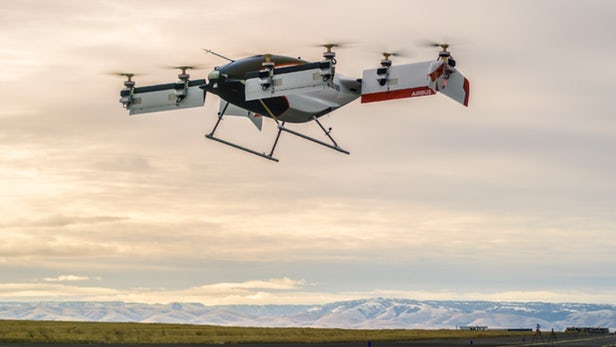
Breaking News
 2 Hours of Retro Sci-Fi Christmas Songs | Atomic-Age Christmas at a Snowy Ski Resort
2 Hours of Retro Sci-Fi Christmas Songs | Atomic-Age Christmas at a Snowy Ski Resort
 Alternative Ways to Buy Farmland
Alternative Ways to Buy Farmland
 LED lights are DEVASTATING our bodies, here's why | Redacted w Clayton Morris
LED lights are DEVASTATING our bodies, here's why | Redacted w Clayton Morris
Top Tech News
 Travel gadget promises to dry and iron your clothes – totally hands-free
Travel gadget promises to dry and iron your clothes – totally hands-free
 Perfect Aircrete, Kitchen Ingredients.
Perfect Aircrete, Kitchen Ingredients.
 Futuristic pixel-raising display lets you feel what's onscreen
Futuristic pixel-raising display lets you feel what's onscreen
 Cutting-Edge Facility Generates Pure Water and Hydrogen Fuel from Seawater for Mere Pennies
Cutting-Edge Facility Generates Pure Water and Hydrogen Fuel from Seawater for Mere Pennies
 This tiny dev board is packed with features for ambitious makers
This tiny dev board is packed with features for ambitious makers
 Scientists Discover Gel to Regrow Tooth Enamel
Scientists Discover Gel to Regrow Tooth Enamel
 Vitamin C and Dandelion Root Killing Cancer Cells -- as Former CDC Director Calls for COVID-19...
Vitamin C and Dandelion Root Killing Cancer Cells -- as Former CDC Director Calls for COVID-19...
 Galactic Brain: US firm plans space-based data centers, power grid to challenge China
Galactic Brain: US firm plans space-based data centers, power grid to challenge China
 A microbial cleanup for glyphosate just earned a patent. Here's why that matters
A microbial cleanup for glyphosate just earned a patent. Here's why that matters
 Japan Breaks Internet Speed Record with 5 Million Times Faster Data Transfer
Japan Breaks Internet Speed Record with 5 Million Times Faster Data Transfer
Electric self-piloted Airbus VTOL aircraft completes first full-scale test flight

The latest leap forward comes from Airbus and A³ with the first successful, full-scale test flight of its single passenger, self-piloted, electric VTOL aircraft called Vahana.
The Vahana project is relatively new compared to much of its competition with Airbus only launching the project two short years ago. To move from concept sketch on a napkin to a working prototype in such a short time is undeniably a remarkable achievement.
The full-scale aircraft tested was dubbed Alpha One and its first flight was completely self-piloted, lasting 53 seconds and reaching a modest height of 5 m (16 ft). The test aircraft measured 5.7 m (18.7 ft) long, 6.2 m (20.3 ft) wide and 2.8 m (9.2 ft) high and had a takeoff weight of 745 kg (1,642 lb). The next stages for testing will involve transitioning from vertical to forward flight.
There are undeniably many hurdles, both technically and regulatory, that need to be overcome before these things are set loose in the airspace over our cities ,but the pace of development seen in the Vahana, and others, is truly startling. So much so, it isn't unreasonable to expect to see autonomous flying taxis in our skies within the next 10 years.

 $100 SILVER CONFIRMED?
$100 SILVER CONFIRMED?

